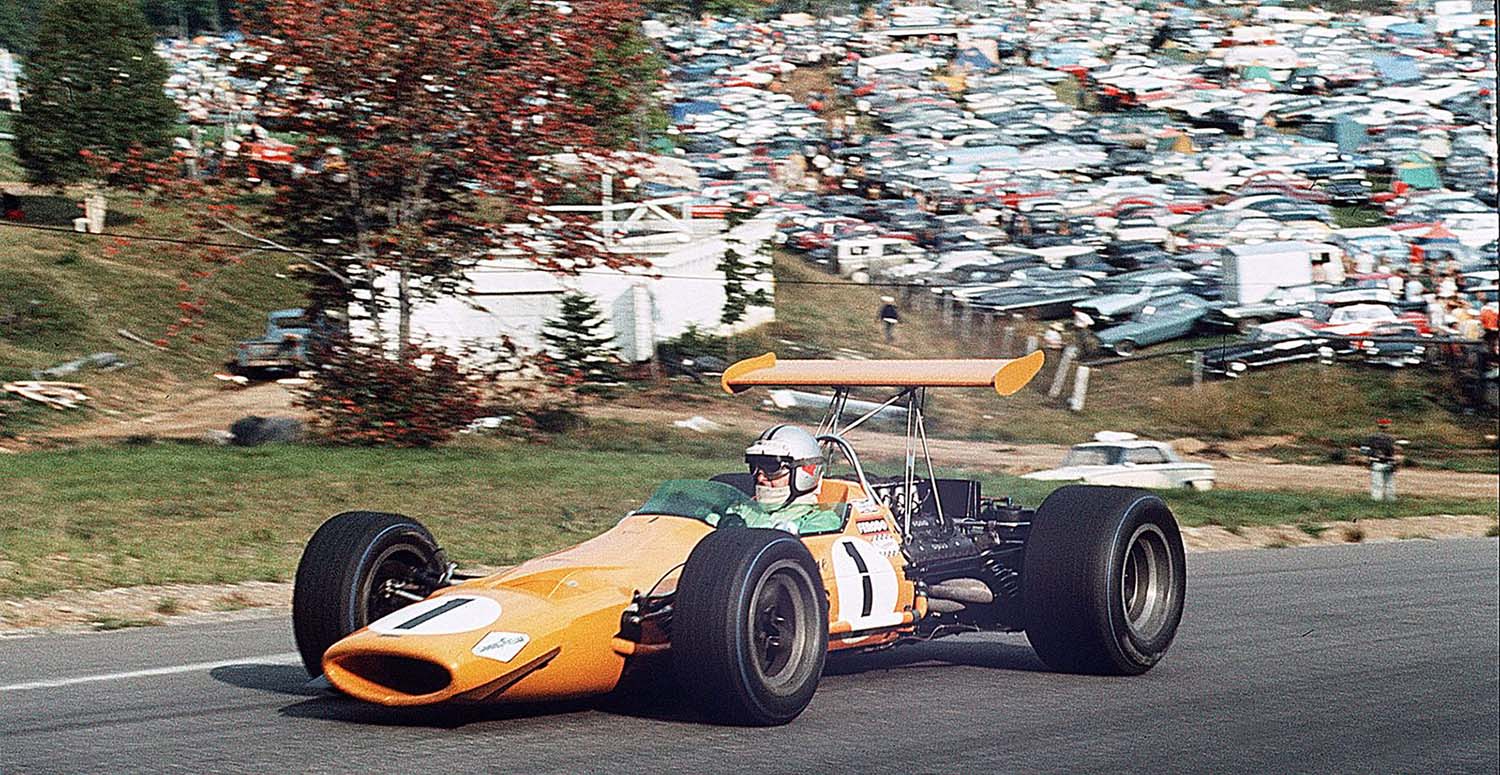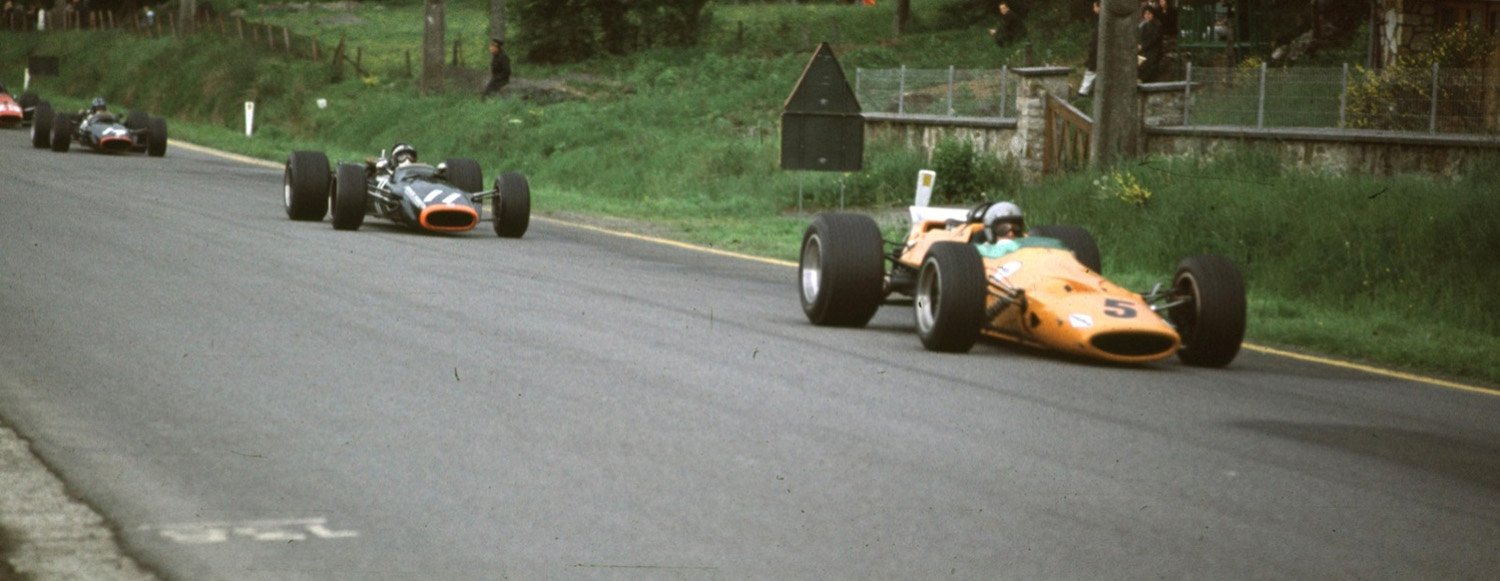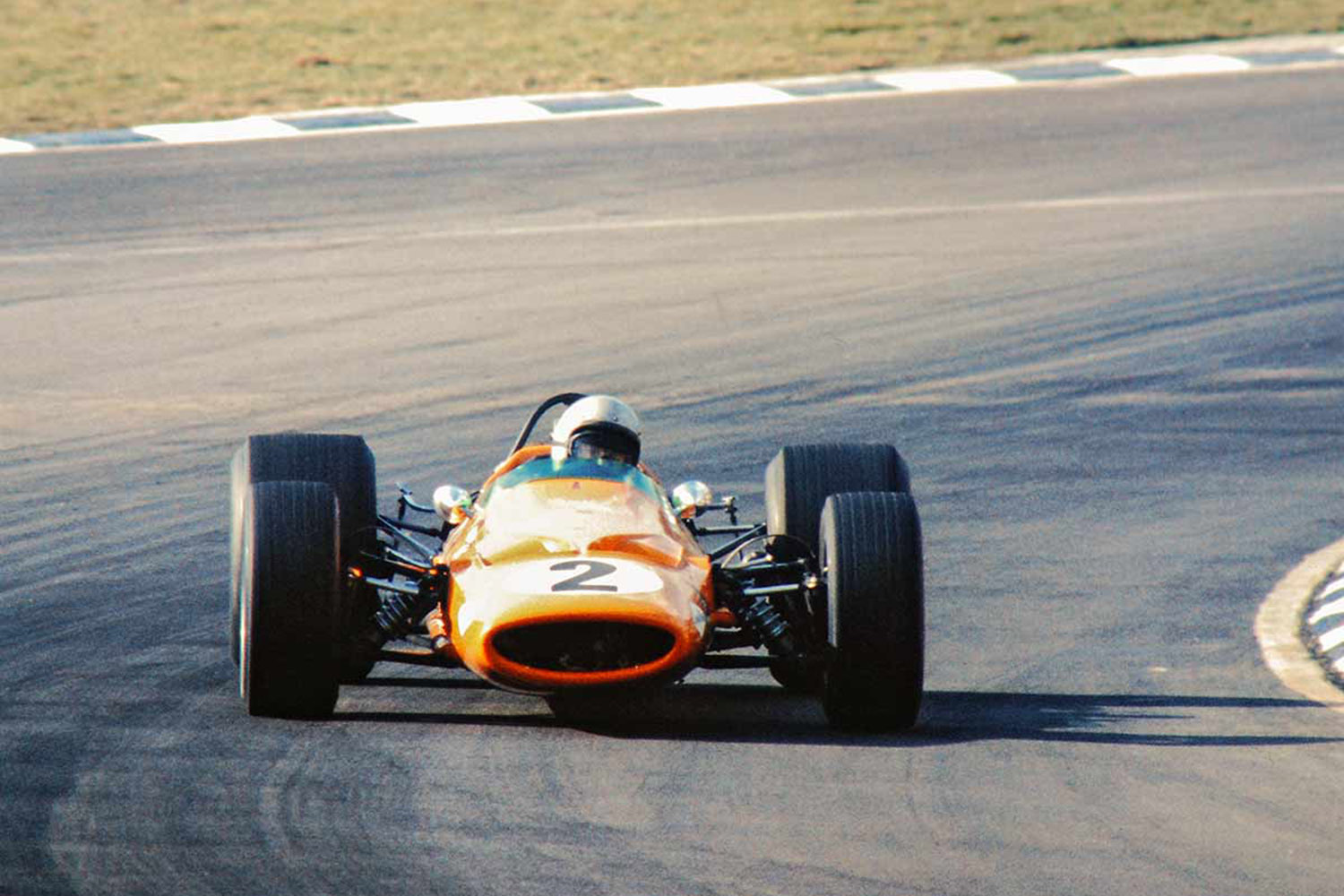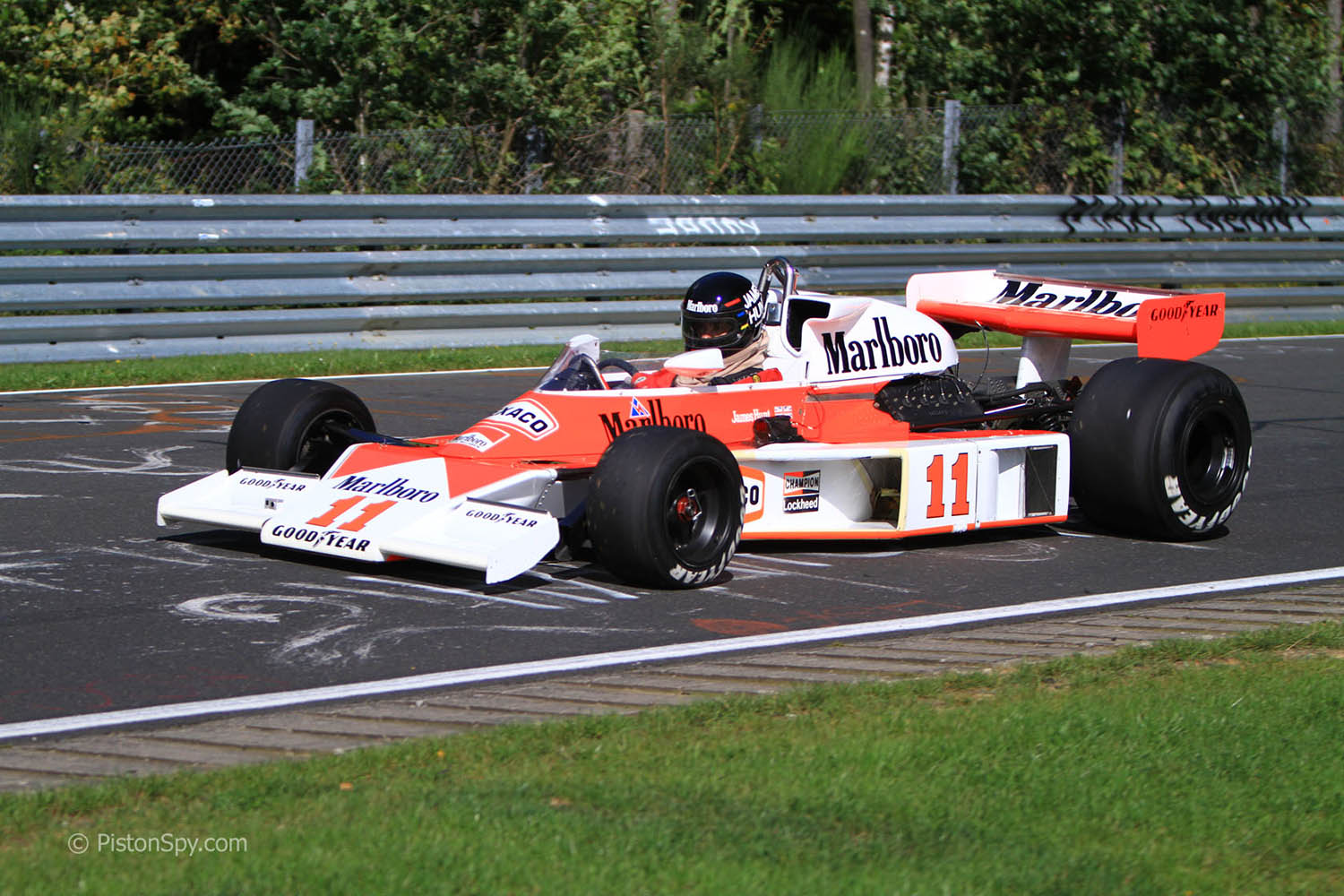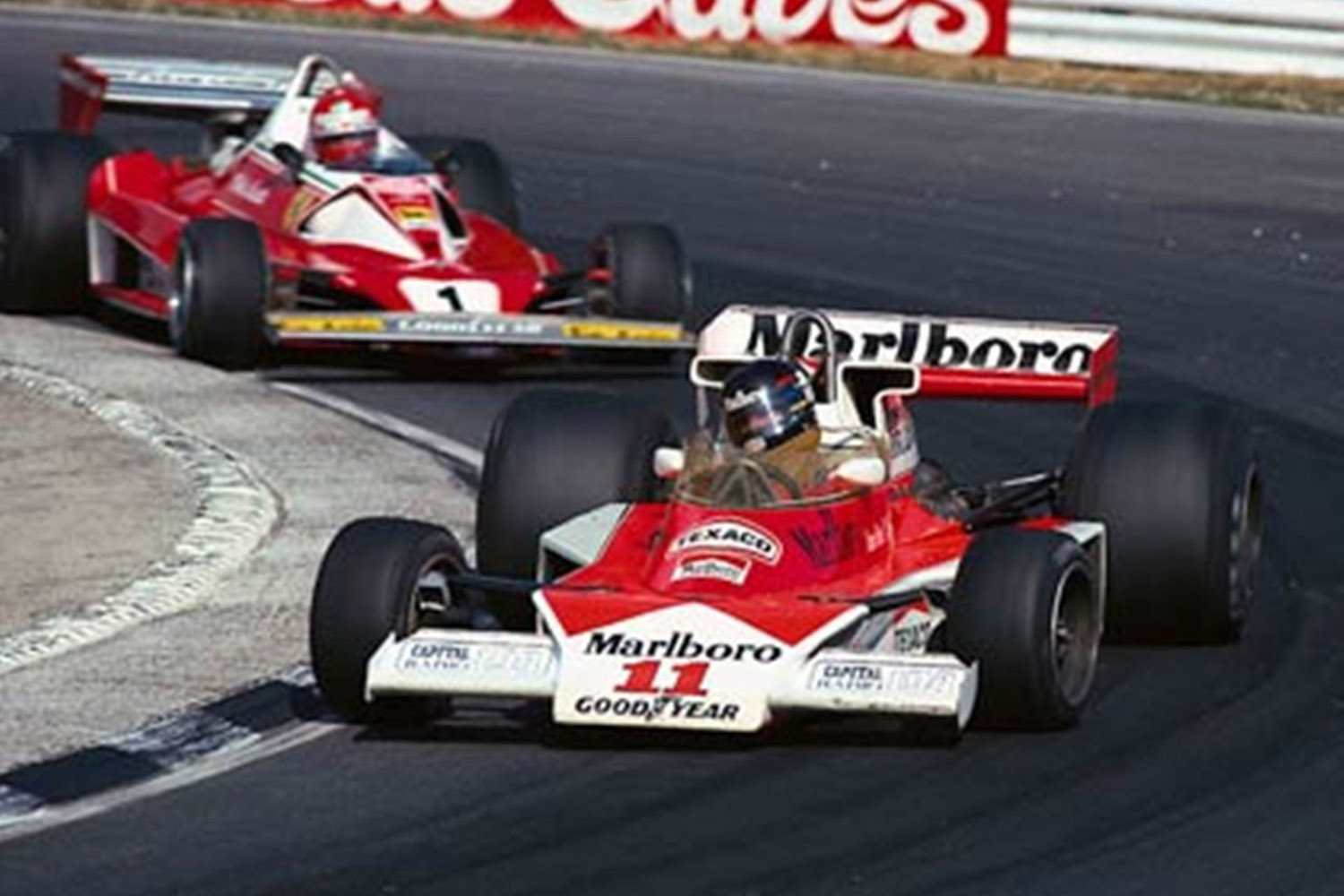An Ode To The Cosworth DFV V8 Engine
The most succesful Formula 1 engine ever made.
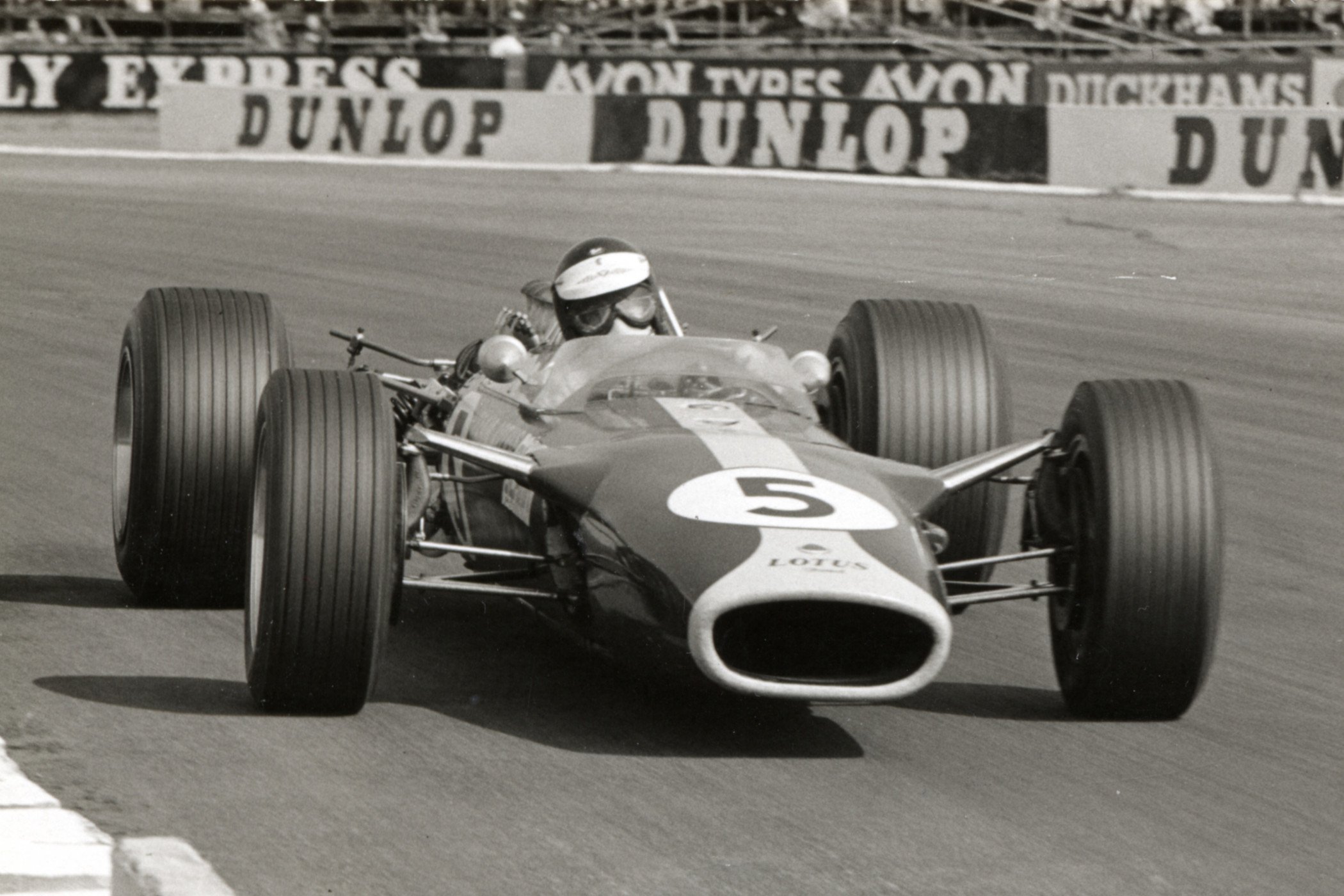
When it comes to naming icons in the world of racing, people mainly focus on drivers, constructors, or maybe a specific car. And that’s perfectly fine, as names such as Michael Schumacher, Ayrton Senna, Jim Clark, Stirling Moss, Mario Andretti and countless others are known for their performances on (and sometimes off) track. The same goes for constructors, with illustrious names like Ferrari, McLaren, Porsche, Tyrrell, Lotus, Alfa Romeo, and Jaguar dominating the racing scene for years or even decades on end. And I’m willing to bet everyone reading this will instantly visualise an image of the following cars: Ferrari 250 GTO, Porsche 917K, Lotus 72D, Maserati 250F, Ford GT40, McLaren F1 GTR. But what about engines? No one really cares, right? Not even when it’s an all-conquering V8 that ruled Formula 1 for over a decade? Well, I do, and you should, too, since I’m talking about the legendary Cosworth DFV!
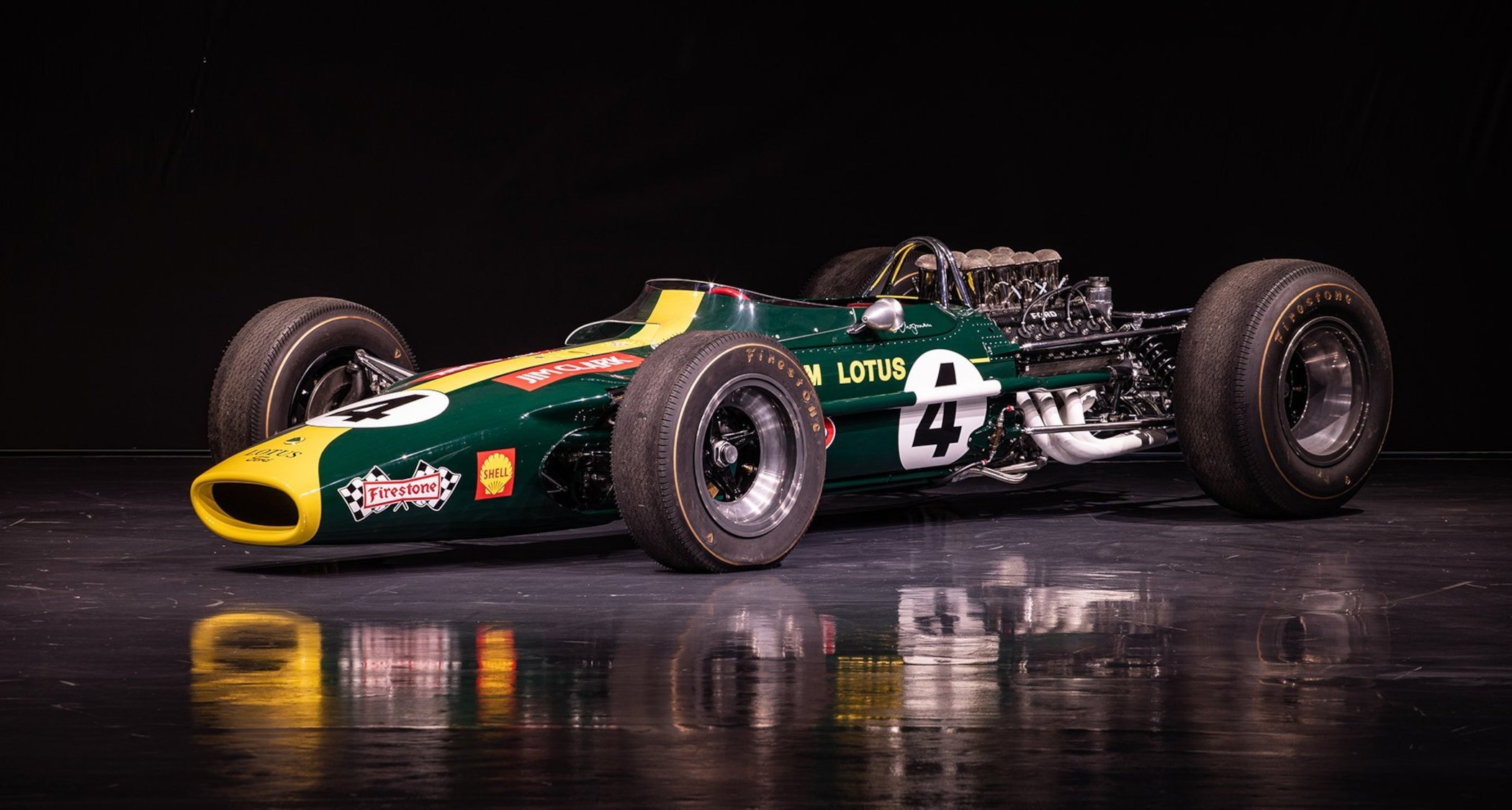
The V8 engine known as the Cosworth DFV is not alone when it comes to being famous. Machines like the Colombo 3.0L V12 by Ferrari, the flat-six from Porsche, the RB26DETT from Nissan, or even the unconventional R26B Wankel engine from Mazda’s Le Mans-winning 787B all gained the status of iconic. However, while all those engines might have been very successful, few can rival the incredible success of the DFV V8 by Cosworth. It’s not just the sheer number of victories and championships but also the length of its career and wide use that consolidated it as one of the greatest racing engines ever. Sure, some might be more powerful or more exotic, but the Cosworth DFV V8 pretty much rules them all.

The origins of Cosworth
The name Cosworth is intertwined with sports and racing cars and has been linked to many iconic cars throughout the years. Most famously, perhaps, for the Ford Sierra and Escort Cosworth cars, but Cosworth also builds the screaming normally aspirated 1,000 horsepower V12 in the Aston Martin Valkyrie. Cosworth has had a significant influence in the history of cars, that much is for sure, but how did it all start?
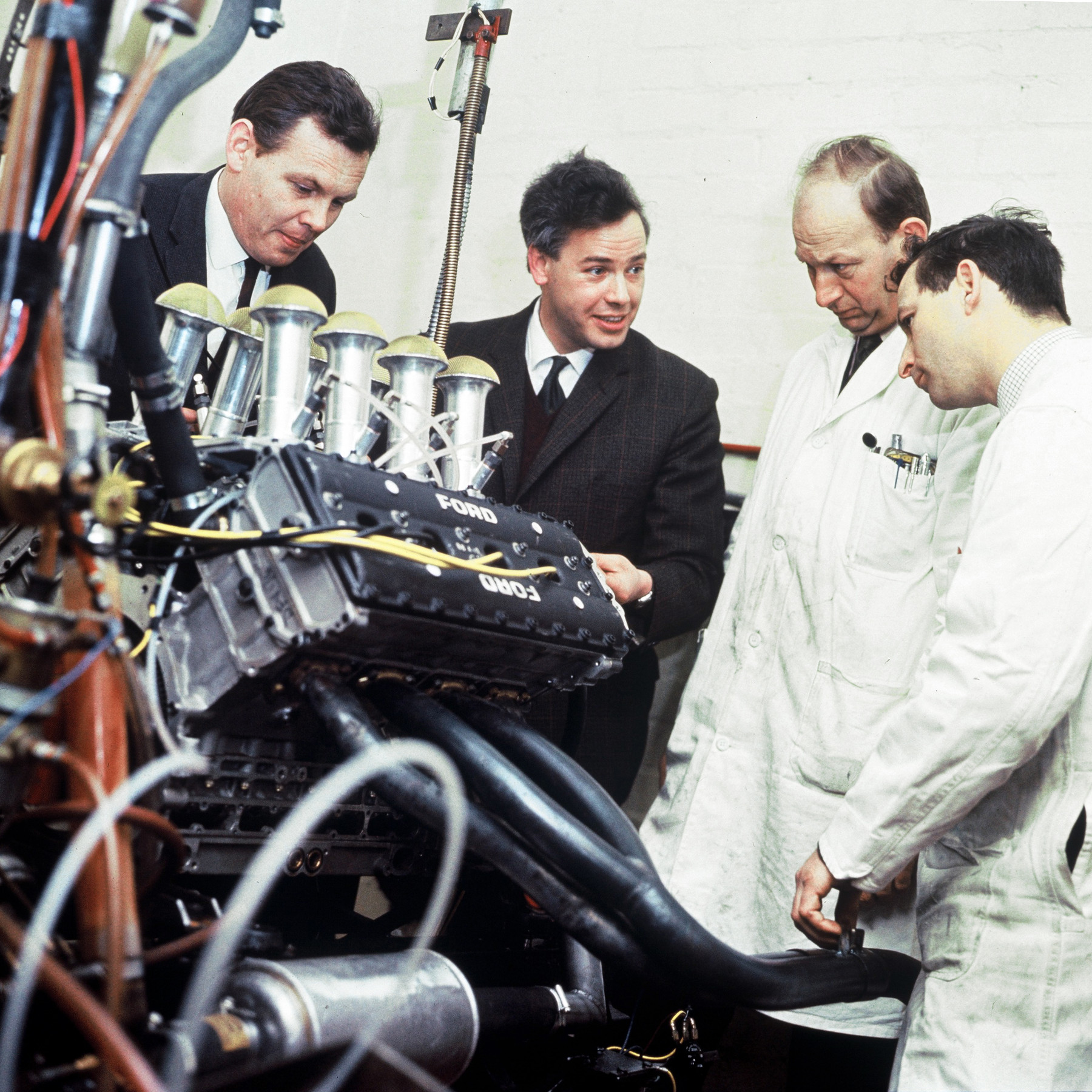
The Cosworth automotive engineering firm was founded in 1958 by Mike Costin and Keith Duckworth. The company specialised in high-performance internal combustion engines, powertrains, electronics and whatnot, primarily aimed at racing. While working for Lotus, the British engineers engaged over a shared passion for cars and racing. Keith Duckworth left Lotus in 1958, but Mike Costin stayed under Lotus employment until 1962. Having very close ties with Colin Chapman, most of the initial projects (and therefore funding) for Cosworth also came from Lotus.
In the early days, the focus was on small-capacity engines, generally under 1.5 litre in size, built for various types of racing. Primarily used in Formula Junior with lightweight sports cars like the Lotus Cortina, Cosworth engines would also be planted in road cars. The original Lotus Seven, for instance, was powered by a Costworth-designed 1.3-litre four-cylinder engine, the MKV. Most of the earliest builds would be delivered exclusively to Lotus, but later on, other manufacturers started employing Cosworth as well. All this would inevitably lead to the construction of what most consider the greatest racing engine ever made.
Double Four Valve
The Cosworth DFV V8 is the result of two things. Firstly, it resulted from the announcement that Coventry-Climax would stop building racing engines after the 1969 F1 season. And secondly, it responds to perhaps one of the most significant rule changes in Formula 1 history. In 1966 the decision was made to allow two types of engines, breaking with the 1.5-litre regulations in place during the first half of the decade. From then on, constructors could use a normally aspirated engine with a maximum capacity of 3.0 litres or a forced-induction engine with a 1.5 litre capacity. The configuration of either of the two types of engines was up to the teams and constructors.
This decision took many of the engine builders and racing teams by surprise, but it opened the door for Cosworth and its famous DFV V8. Once again, Cosworth turned to Colin Chapman to build a new engine under the new 3.0-litre regulation that could replace the outgoing Coventry-Climax engines Lotus used at the time. He managed to get Ford on board to fund the development of the all-new engine, stipulating that it was exclusive to Lotus in its first season of running. A Ford Formula 2 engine would be used as a base, the FVA-designated engine before the V8 would begin development.
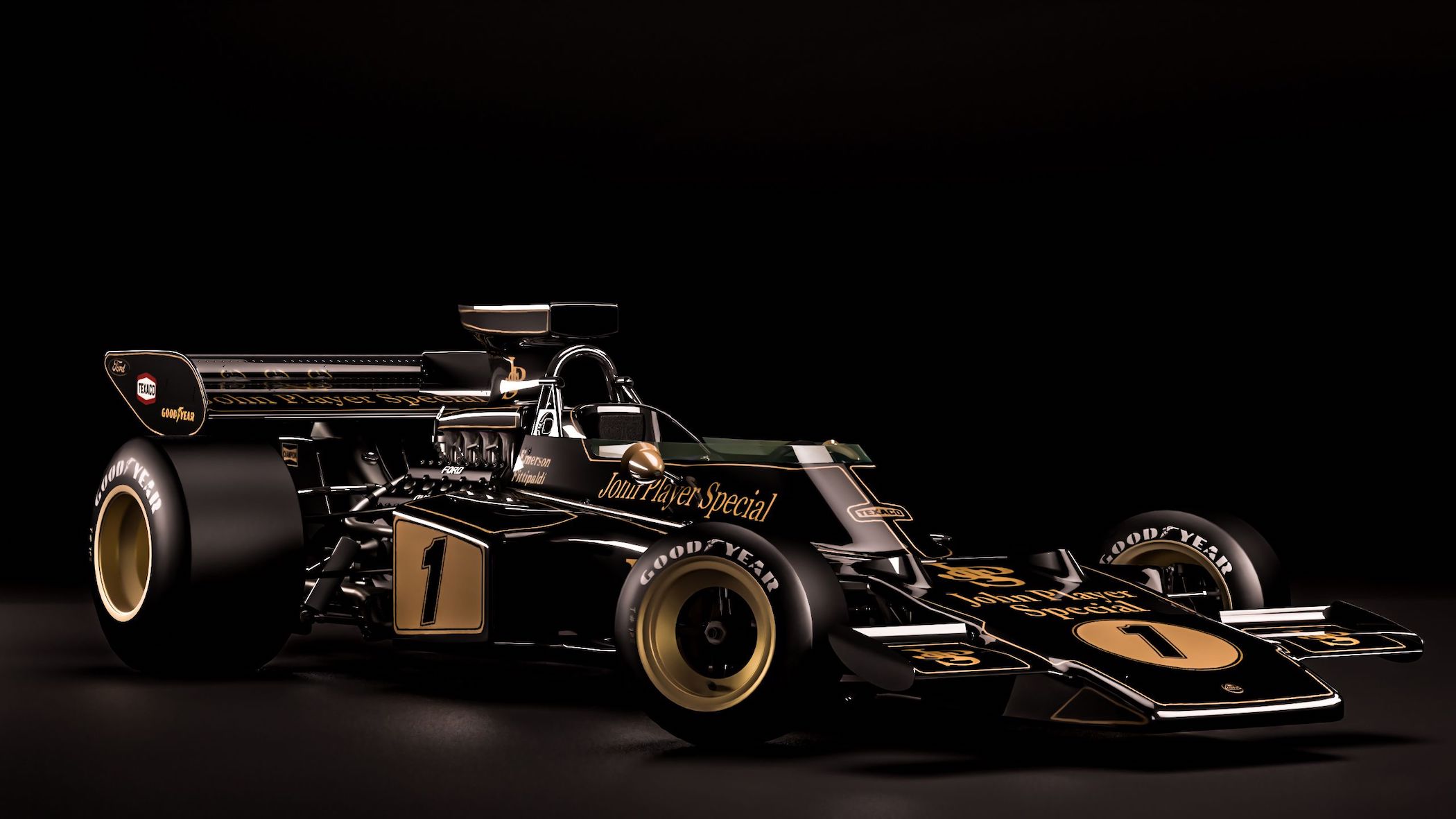
The resulting V8 would have a 90° angle between the cylinder banks and a maximum capacity of 2,992.98 cc’s, so very close to the stipulated 3.0-litre max capacity. With a rev limit of 9,000rpm, it produced 410 horsepower. At the time, it was not the most powerful engine in Formula 1, but it had a few advantages over others that made it a huge success. First and foremost, Lotus’ Colin Chapman and his genius engineering skills!
167 Wins, 22 titles
The Cosworth DFV V8 made its grand debut in the 1967 Dutch Grand Prix at Zandvoort with the new Lotus 49 Formula 1 car. With Jim Clark behind the wheel, Lotus won the race, much to the surprise of the other teams! Where did this engine come from? What made it win on its first outing? How could it beat more powerful engines so easily? Part of that is down to the design of the Lotus 49. This is regarded as the first Formula 1 car where the engine is a structural part of the chassis, with the rear suspension mounted directly to it. This saved weight, increased rigidity and improved handling to such an extent that the Lotus 49 would win three more races that year with Jim Clark coming in third in the drivers championship (Denny Hulme and Jack Brabham came in 1st and 2nd) and second in the constructor’s championship (behind Brabham-Repco).
It would be the start of an era of utter dominance, though, as the Cosworth DFV V8 would win all but one of the races in the 1968 season and every race in 1969. Seven consecutive driver titles would follow, three with Lotus, two with Tyrrell, one with Matra and one with McLaren. In 1975 Ferrari won both titles, but the DFV continued its winning streak with five more drivers championship between 1976 and 1982. In the constructor’s championship, 10 titles were won by cars using the DFV. And the statistics don’t end there. The DFV clinched 167 race wins over 20 years. It would be updated three times before finally heading for retirement after the 1991 Formula 1 season. During those years, power grew from 410 horsepower to over 600 horsepower. Its dominance was eventually ended by the introduction of turbocharged engines in Formula 1 in the mid-1980s, which pushed the powerband to 1,000 horsepower and over.
But it wasn’t just successful in Formula 1, as other derivatives of the legendary 3.0-litre Cosworth DFV V8 would go on to win the Indy 500 ten times in a row, the Le Mans 24 Hours twice and multiple titles in Formula 3000, USAC racing, and CART. It’s pretty much a given fact that such a success rate will never happen again, as rule changes that allow for such dominance are unlikely. So with that, the Cosworth DFV V8 was, is, and forever will be the greatest racing engine ever made!
Editorial Note: The images are sourced from a selection of previous articles, Scramblers.bicesterheritage.co.uk, ClassicDriver.com, Motortrend.com, ClassicTeamLotus.co.uk and Wikipedia.org


